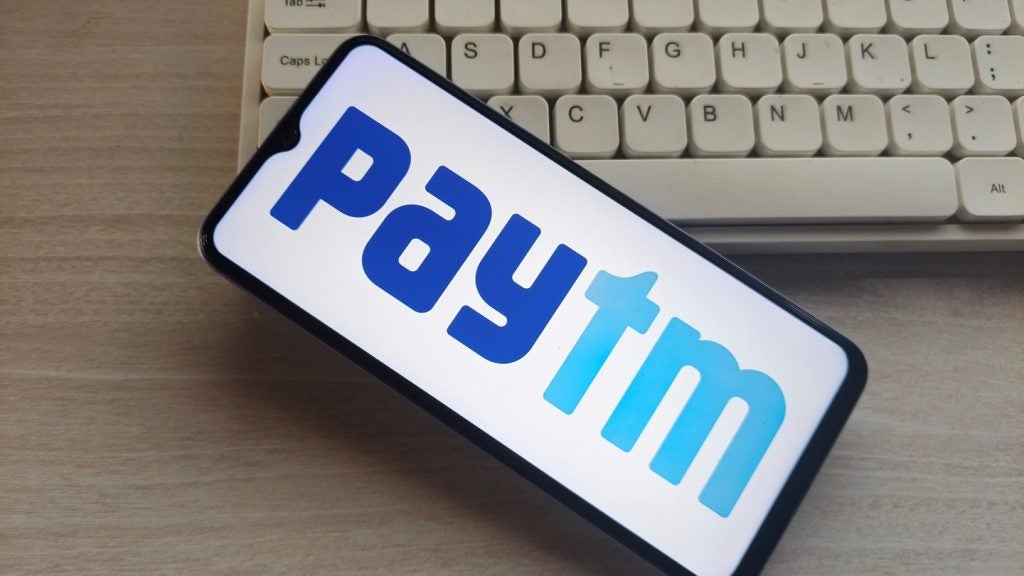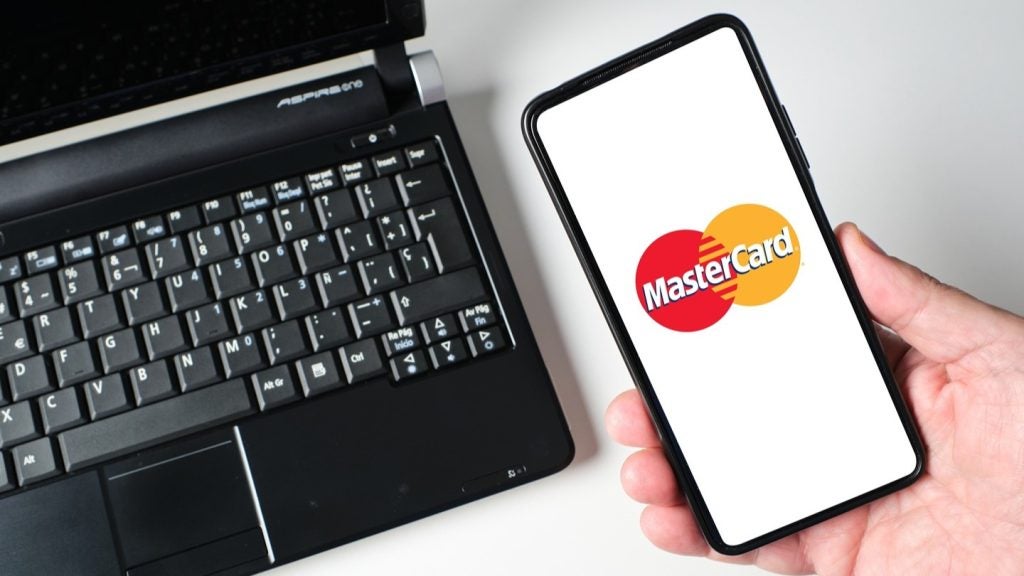Looking back upon the past 40 years of retail- and card-based payments the list of real innovations is not impressive. Introducing chip& PIN is probably one of the more notable ones. And the full potential of contactless is just being unlocked thanks to ApplePay & Co.
Last year, though, has certainly brought about quite fundamental changes (as did some of the previous years ever since fintech started to rock the industry).

Access deeper industry intelligence
Experience unmatched clarity with a single platform that combines unique data, AI, and human expertise.
Cheap money and pressure on incumbents to diversify their portfolios has accelerated M&A activities with further industry consolidation (Vantif buying Worldpay, MasterCard buying VocaLink, ACI buying PayOn), and private equity driven transactions (Bain Capital buying Concardis, PE consortium buying NETS) – more of that to come in 2018 for sure.
Technology has brought about fundamental changes, for example: IT shops with a banking license (e.g. Solaris Bank, Fidor Bank) provide toolbox banking-solutions and distributed ledgers become reality with banks lining up to join consortiums like Ripple and R3. Cryptocurrencies arrive in mainstream with the major gap between real world and Blockchain – i.e. the payout problem – solved (e.g. by TenX).
Competition is heating up with Chinese payment giants WeChat Pay (600m user) and Alipay (450m user) heading west, where early QR-Code payment systems, e.g. Yapital, grounded – not least because of the cluncy user experience.
Talking about user experience: the biggest threat on incumbents comes from tech giants like Amazon, Apple, Google, and Facebook. They have unrivalled end-user reach and cool user experience is deeply rooted in their DNA. Remember: it doesn’t take a bank to do banking and no matter what you do, you better solve a customer problem.

US Tariffs are shifting - will you react or anticipate?
Don’t let policy changes catch you off guard. Stay proactive with real-time data and expert analysis.
By GlobalDataAnd cost: the Worldbank estimates some 7.7% fees on cross-border remittances. So plenty of work still for remittance processors like WorldRemit, TransferWise etc.
In the past regulation had been considered a business inhibitor. Interestingly enough, though, it is the driver behind some of the most disruptive changes and innovations in the retail payment industry: open banking (PSD2) offers both opportunities and threats to banks where the ‘threat’-camp seems to reign. Indeed, without a forward strategy banks will become pipe providers. And instant payment poses a big threat on card schemes as it become a viable and inexpensive alternative to established card rails. So it is not a surprise that card schemes are heavily diversifying as their traditional core business comes under pressure also by alternative payments. And instant payment overlay services-layers will provide for greater user benefits and values. It will be interesting to see concrete value-adding service offerings materialise in 2018.
And 2018 is not going to be any less disruptive: for a previously cosy industry navigating comfortably in a ‘live-and-let-live’ four-party-world there is more change ahead. Customer-focussed regulation, technological progress and fintechs & tech-giants focussed on end-user benefits will continue to drive change.
One result is sure, though: the complexity of payment instruments and processes will further grow – as will the need for proper end-to-end process control.
What a great and innovative environment to live and work in after decades of ‘same old, same old’. It’s a wish rather than a curse: ‘may we continue to live in interesting times’!
Stefan Schnitzler from Corona Business Unit, SmartStream







